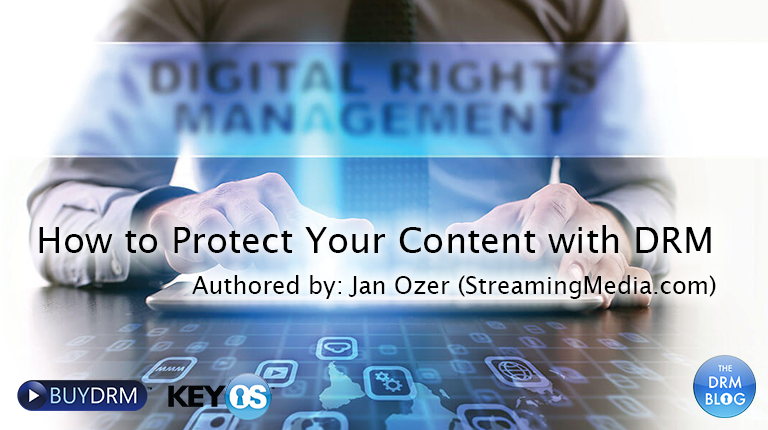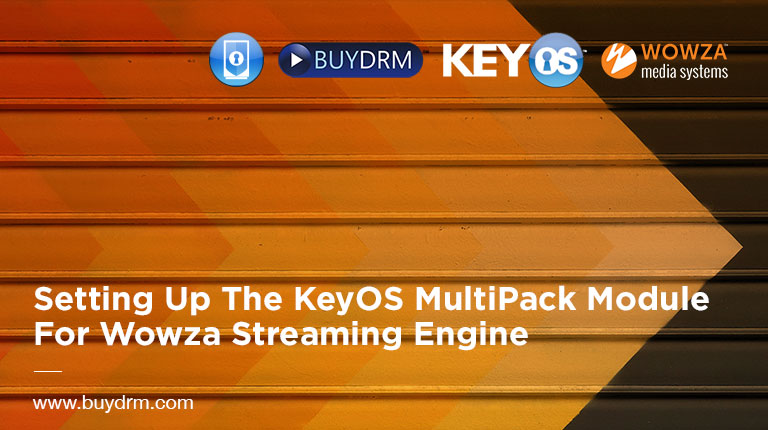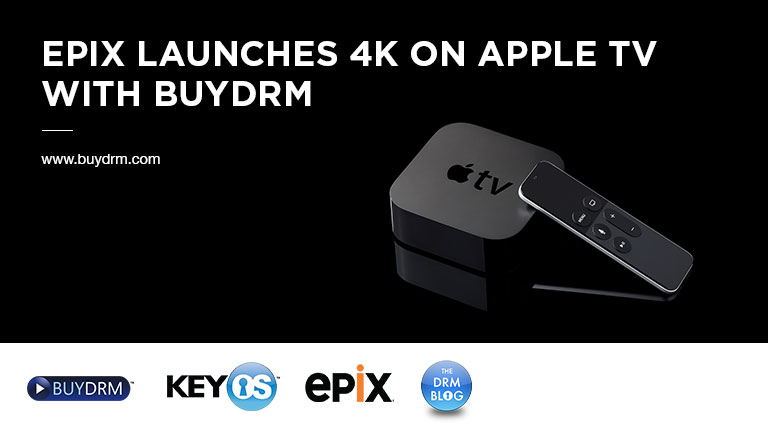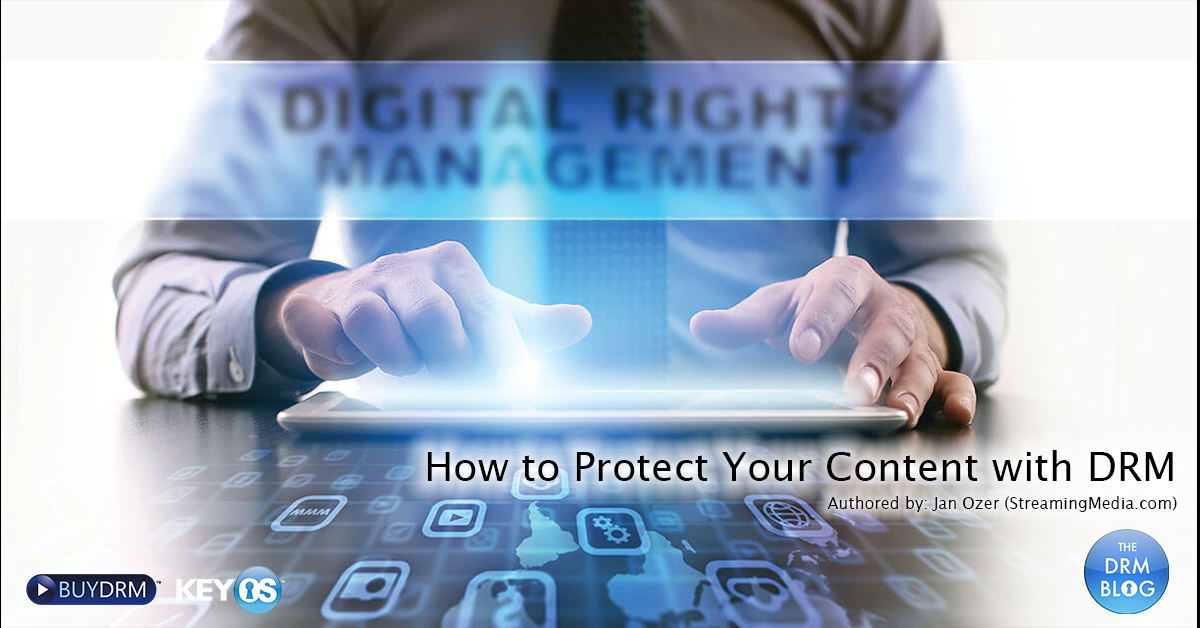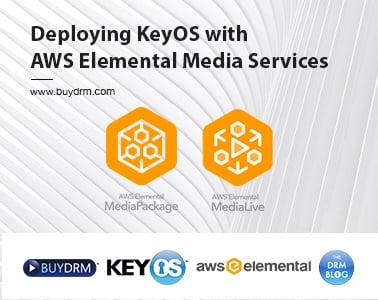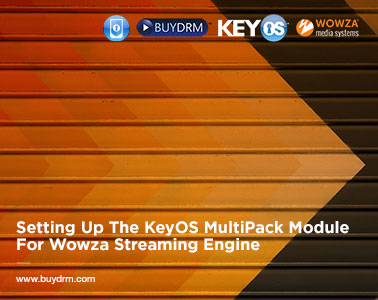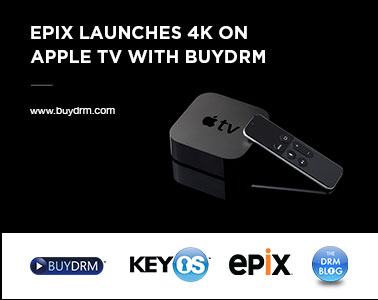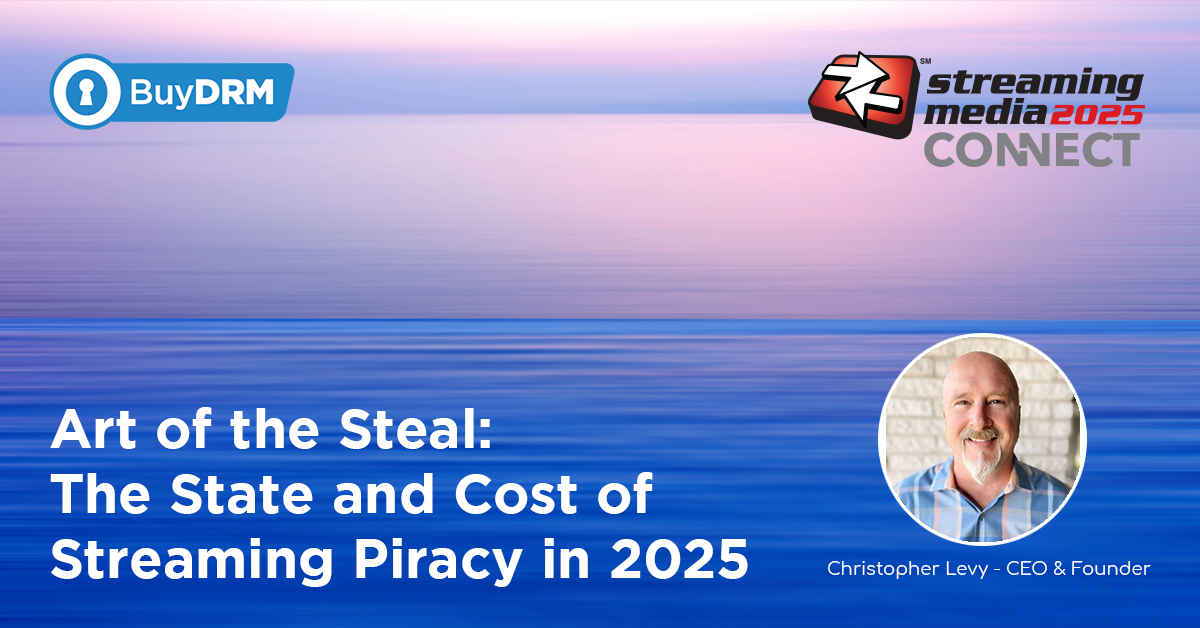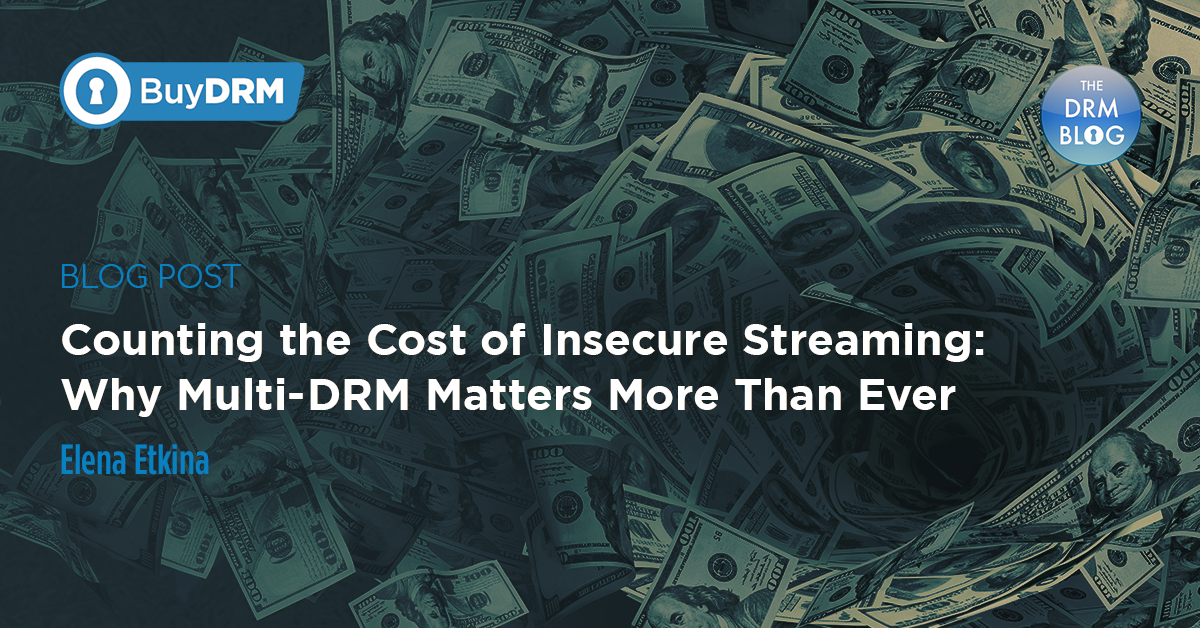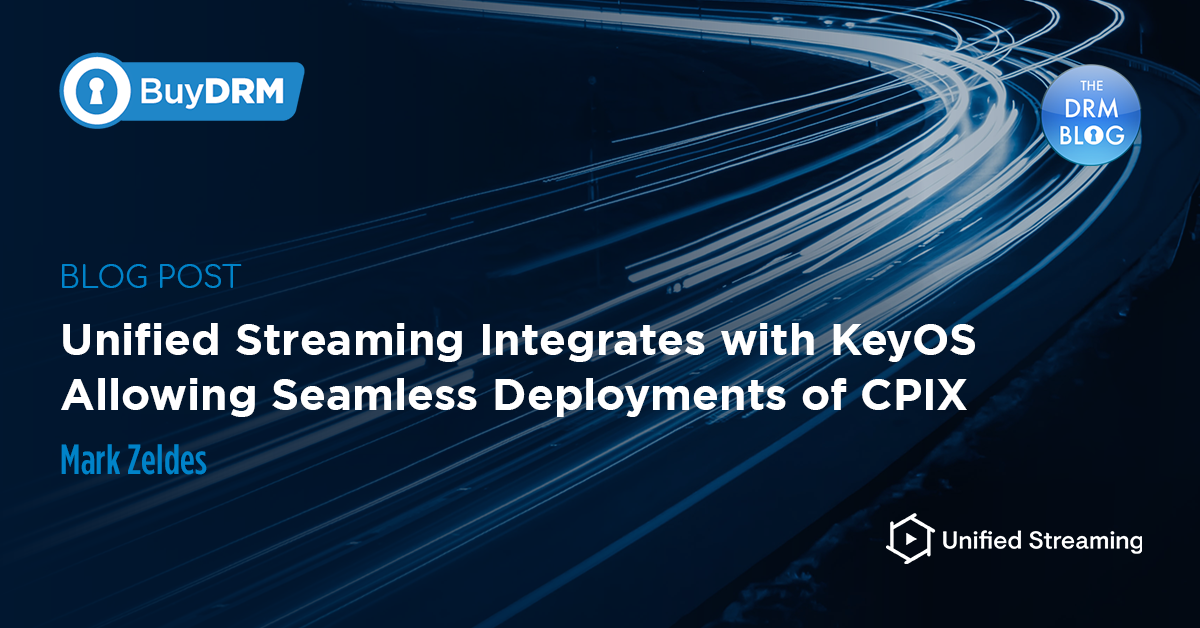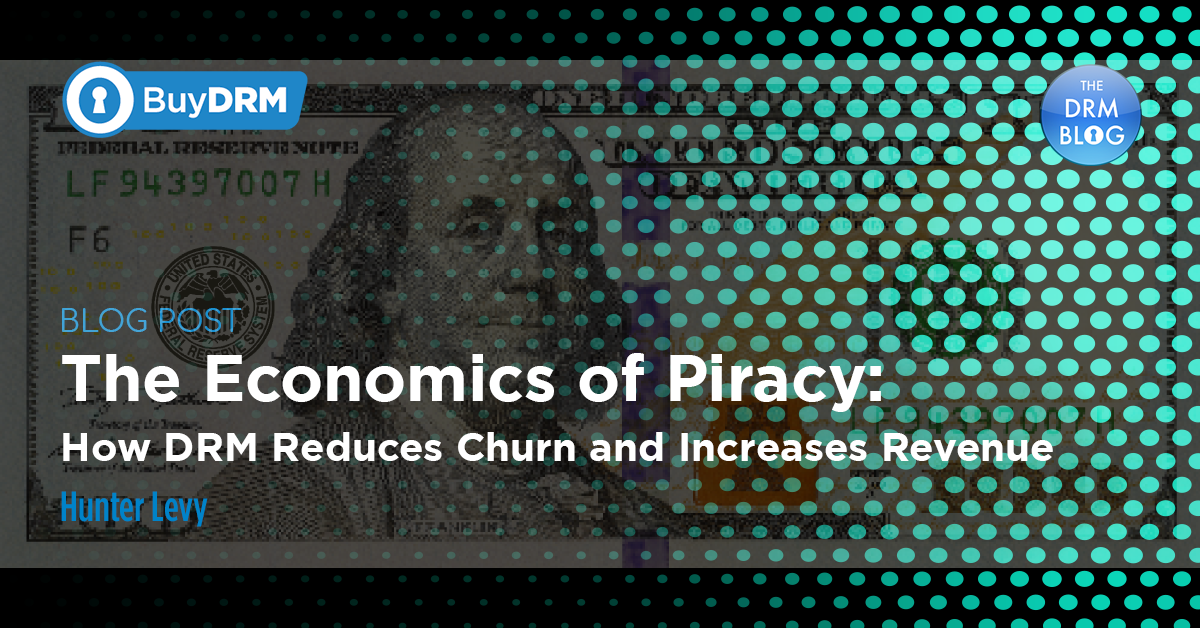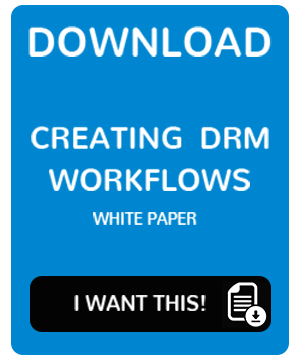Recently we had the pleasure of working with Jan Ozer again on another extremely informative piece on "How To Protect Your Content With DRM." Jan has an innate ability to capture the essence of deeply-technical issues like Digital Rights Management. In the past we have supported his efforts to that effect by providing some secondary editorial and content suggestions and access to our platform and marketing communications. This article is another must-read for seekers of DRM knowledge. It's a universal article that describes all the components of a successful DRM deployment in an easy to read and engaging format. So take a minute and walk through this piece from Jan. It's going to increase your DRM knowledge and enable you to advance your OTT business.
This article originally appeared in the March 2019 issue of Streaming Media Magazine and was written by Jan Ozer. To view the original article, click here.
You’ve been distributing unsecured video from your website, and you’ve decided that you need content protection in the form of digital rights management (DRM). Perhaps it’s to protect premium content that you’re selling, or perhaps to control access to training, marketing, sales, on-boarding, or other proprietary or confidential videos. In this tutorial, we’ll describe what DRM is, how it works, which DRM technologies you’ll need to implement, how to choose a technology partner, how to encrypt, and how to license acquisition to your video player.
DRM involves encrypting your content so it can’t be read without a decryption key supplied by a third-party DRM platform that includes license servers. This concept of third-party DRM platforms is one of the key features that separates true DRM from simple encryption like what’s available for HLS via AES 128-bit encryption. Since simple encryption is both cheaper and easier than true DRM, it’s a useful distinction to understand, so let’s start there.
To continue reading the original article, click here.







